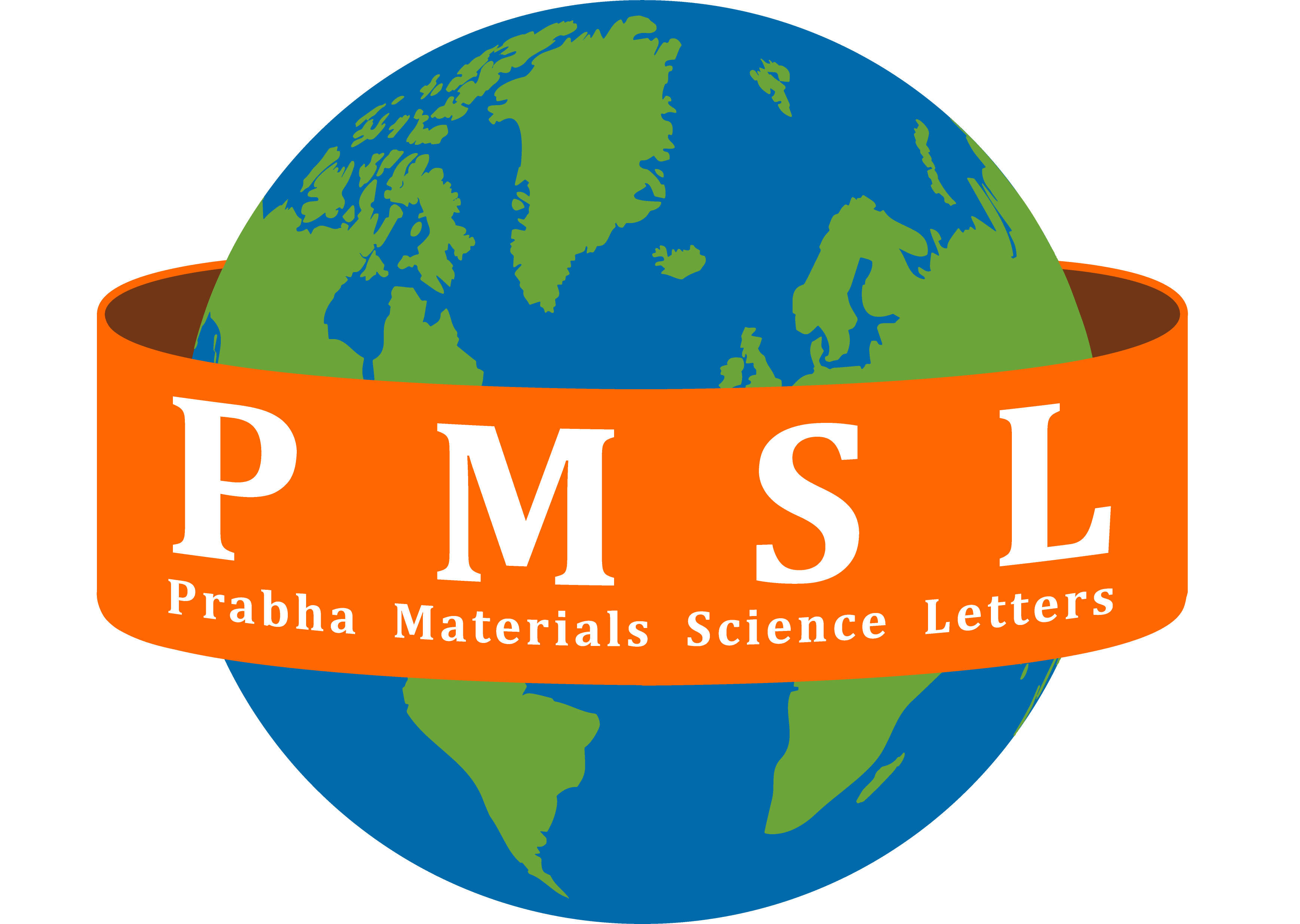Shivani Chaudhary
Department of Physics, Deen Dayal Upadhyaya Gorakhpur University, Gorakhpur, 273009, Uttar Pradesh, India.
Akanksha Gupta
Department of Physics, Deen Dayal Upadhyaya Gorakhpur University, Gorakhpur, 273009, Uttar Pradesh, India.
Sakshi Singh
Department of Physics, Deen Dayal Upadhyaya Gorakhpur University, Gorakhpur, 273009, Uttar Pradesh, India.
Mukesh Kumar
Department of Physics, Deen Dayal Upadhyaya Gorakhpur University, Gorakhpur, 273009, Uttar Pradesh, India.
Vinay Kumar Srivastava
Department of Physics, Deen Dayal Upadhyaya Gorakhpur University, Gorakhpur, 273009, Uttar Pradesh, India.
Udai Bhan Singh
Department of Physics, Deen Dayal Upadhyaya Gorakhpur University, Gorakhpur, 273009, Uttar Pradesh, India.
DOI https://doi.org/10.33889/PMSL.2025.4.2.017
Abstract
The Stopping Power Ranges of Ions in Matter (SRIM) and the Transport of Ions in Matter (TRIM) package are used to study ion irradiation and deceleration. The SRIM package provides insights into expected range and energy deposition through Monte Carlo simulations, while the TRIM package focuses on ion deceleration, sputtering events, atom recoils, and damage investigations. This manuscript investigates damages induced by a diverse range of ions, spanning from 10keV to 100 keV and 1MeV and 2 MeV Au ions on a 5nm thin layer of tungsten carbide using comprehensive TRIM computations with the Full Cascade Collisions. The research shows that nuclear stopping power is more prominent in deeper places, while electronic stopping is more prevalent near the surface. Low-energy ions lose a larger fraction of their energy to recoils than high-energy ions. The study also examines ion range features, damage profiles, flaws, and the damage range and production rate for various atomic species. The results greatly affect material engineering and ion beam applications.
Keywords- SRIM/TRIM, Low/high energy ion beam, Stopping power, Ion ranges, Damage energy.
Citation
Chaudhary, S., Gupta, A., Singh, S., Kumar, M., Srivastava, V. K. & Singh, U. B (2025). SRIM/TRIM Analysis Reveals Depth-Dependent Damage Dynamics on Thin Tungsten Carbide by Employing low Energy and SHI. Prabha Materials Science Letters, 4(2), 179-196. https://doi.org/10.33889/PMSL.2025.4.2.017.



